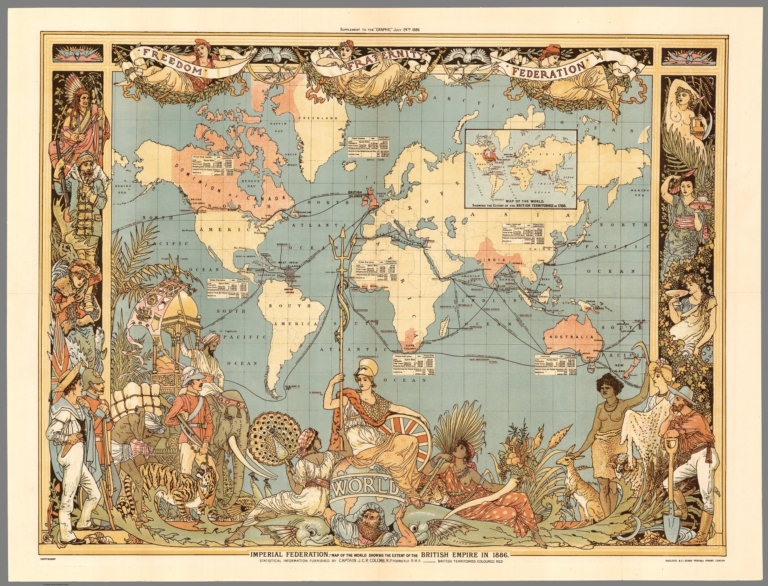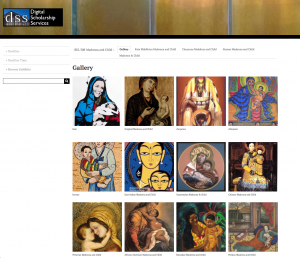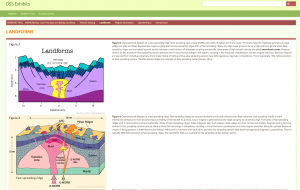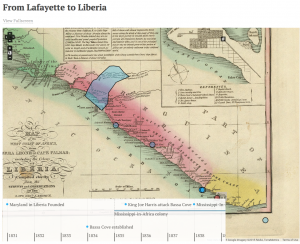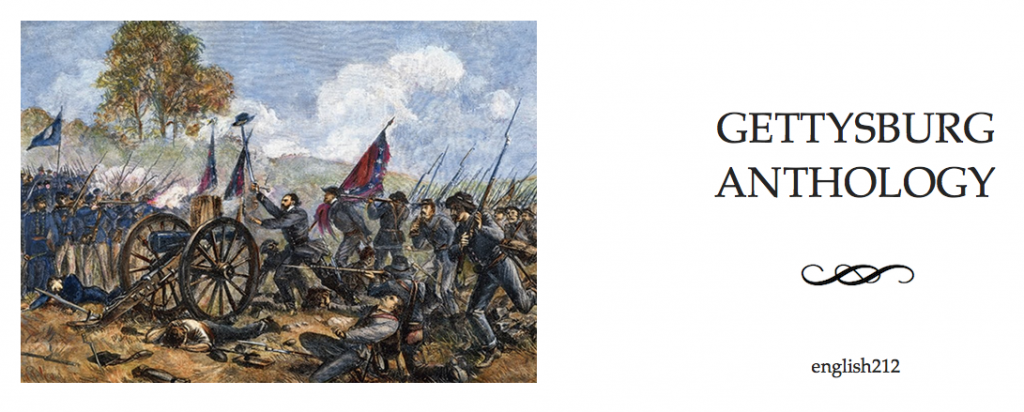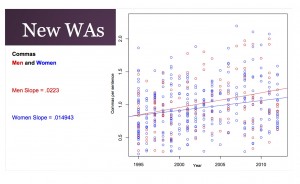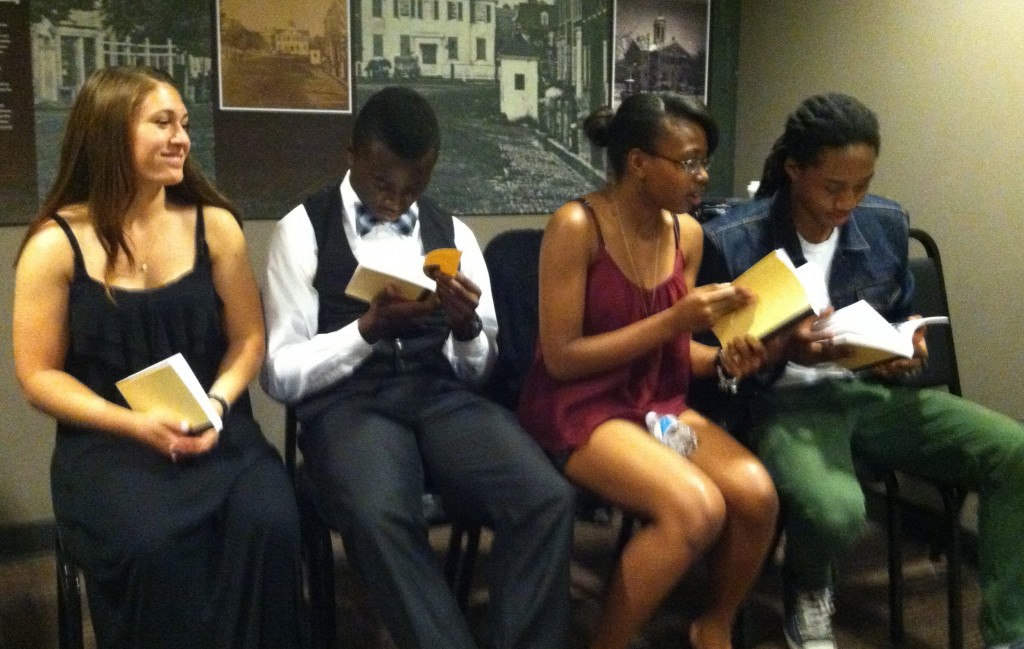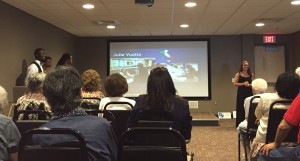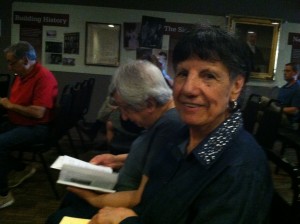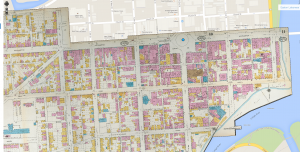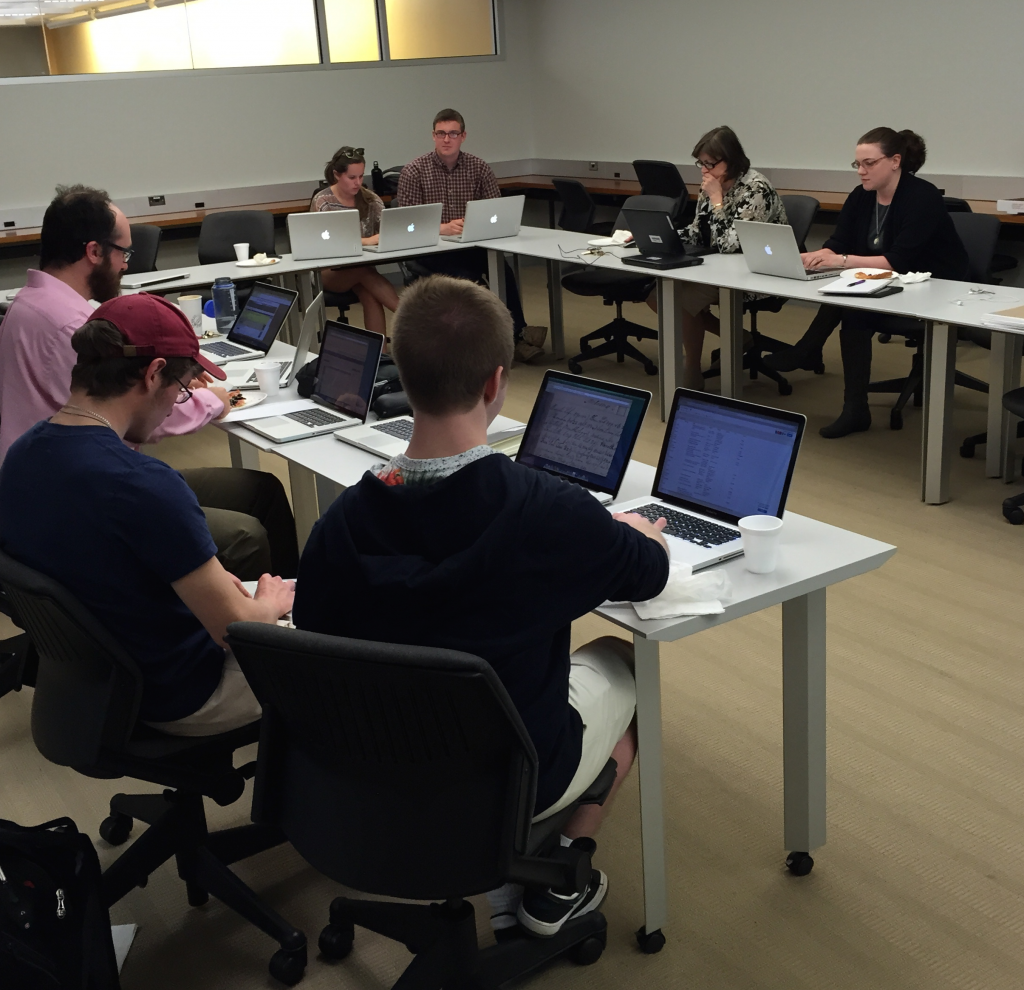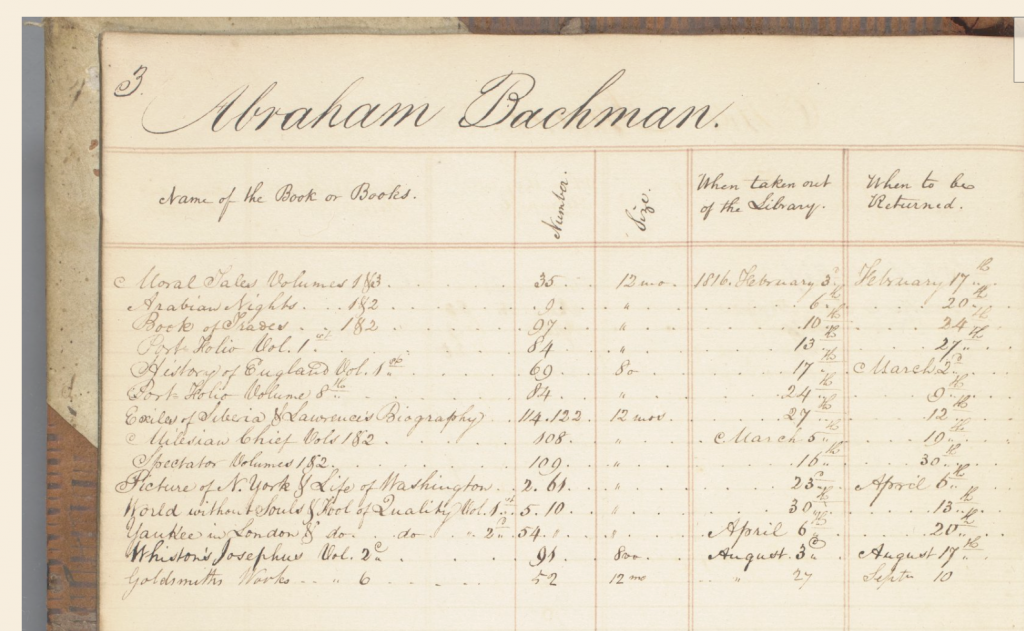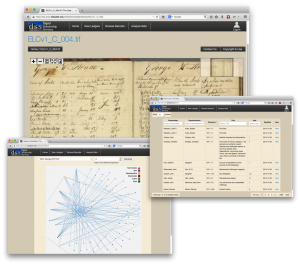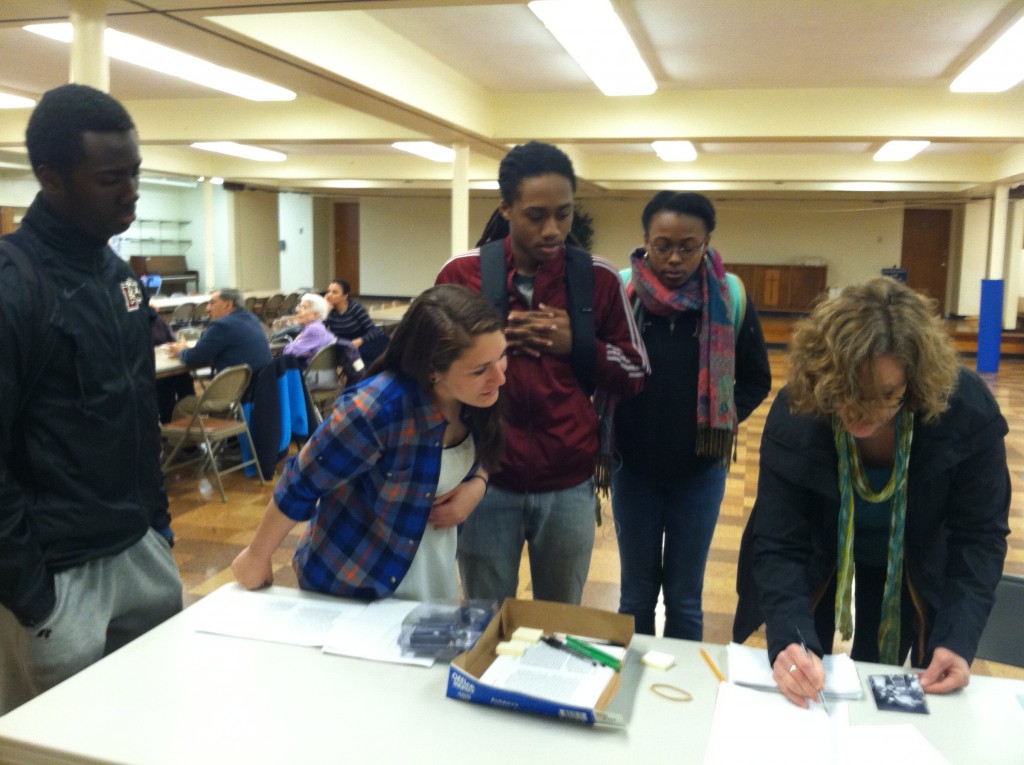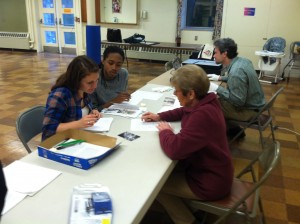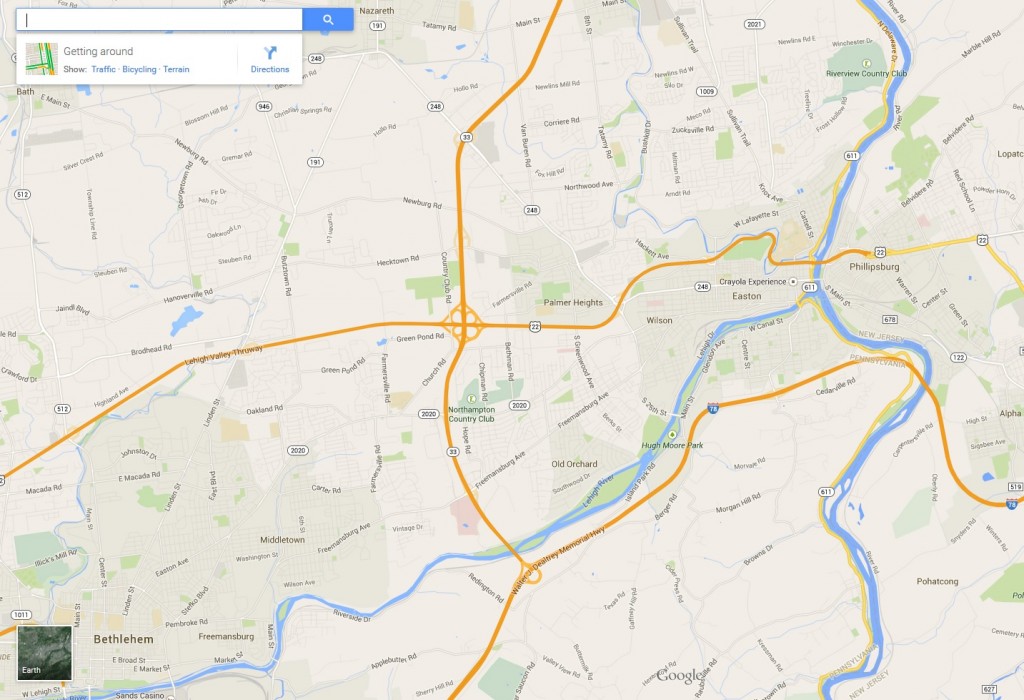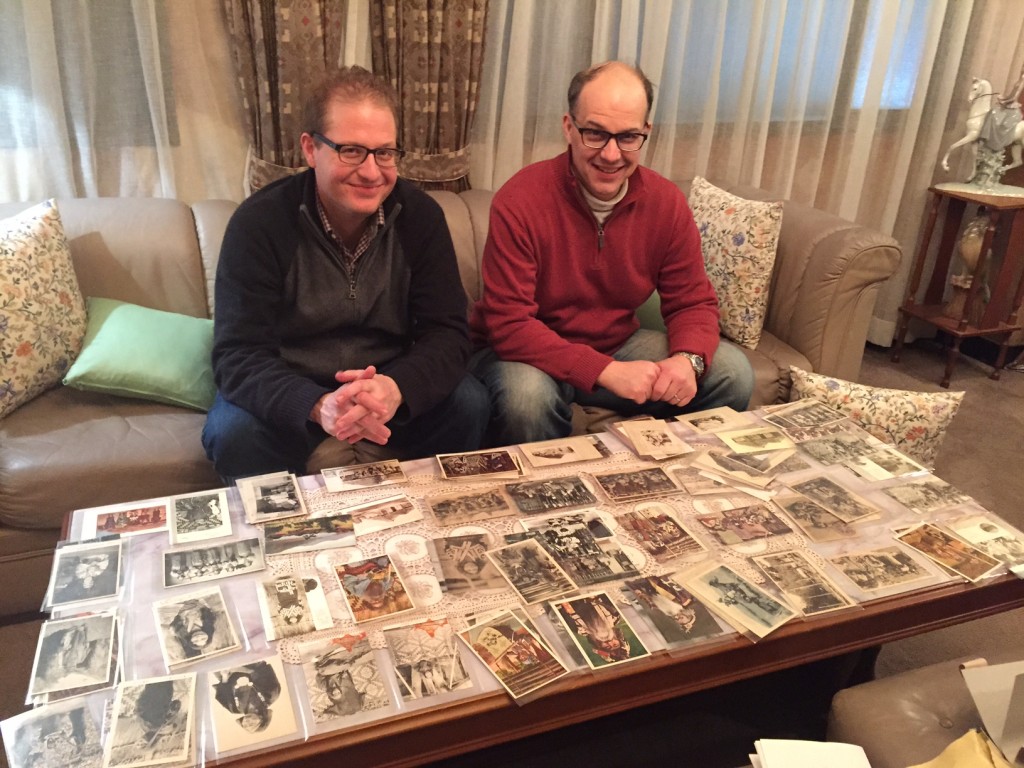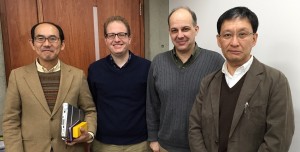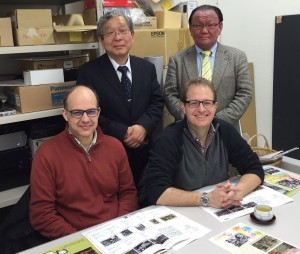This summer Skillman Library launched Lafayette’s first undergraduate digital humanities internship program. The Digital Humanities Summer Scholars program, funded by a grant from the Andrew W. Mellon Foundation and supported by the Library’s Digital Scholarship Services, offered an internship opportunity for seven students to work on a digital research project of their own design.
The program offered students the space, the time, and the resources to become content creators in their own right. Our call for proposals tapped into the creative energy of the Lafayette student body and yielded proposals that demonstrated exactly the type of inquiry and ingenuity we were hoping for. These seven students were selected from a highly competitive pool of applicants, and represent disciplines from across Lafayette’s academic community:
Ahmed Malik Braxton – Government and Law
Vincent DeMarco – Mathematics
Benjamin Draves – Mathematics
Feevan Megersa – Liberal Arts
Ian Morse – History; Math
Peter Todaro – Government and Law
Miranda Wilcha – Environmental Studies; Anthropology
The six-week course was structured as a workshop during which the students would meet as a group under the instruction of Emily McGinn, Postdoctoral Fellow in Digital Humanities at Skillman Library. In the group setting each would present updates on their work, ask for feedback, and troubleshoot any obstacles they might have encountered. Together this group functioned as a microcosm of all digital projects, tackling questions of copyright, access, and authorship in addition to confronting the difficult task of data collection and cleaning.
Most important, the workshop served as a model for project management. Our summer interns deconstructed their proposals and sharpened them into accomplishable tasks and focused hypotheses. In taking the time to define a realistic scope for the project early on, they were able to identify the tools, the resources, and the technical skill they would need to accomplish their goals. Though many digital humanities projects are large scale, long-term projects that take years to build with teams of developers and researchers, our students were able to scope and build smaller scale, yet complex, well-structured projects in a few short weeks.
Each student had their own goals in mind for their project. For some, it will serve as the basis for a senior thesis, for others a sample for a grad school application, or publication. Feevan Megersa and Ian Morse will be joined by EXCEL scholar Jethro Israel to discuss their work as student researchers and project developers at Bucknell’s Digital Humanities Conference this fall. Ian will also present his work as a part of the NextGen Plenary session highlighting student projects and Vincent DeMarco and Ben Draves will be presenting their project during the poster session at the conference.
Lafayette’s is working to provide additional opportunities for undergraduate engagement both on campus and in the wider digital humanities community. As we continue to build the DH community at Lafayette, student engagement is and will continue to be a vital part of our initiative. We strive to cultivate the intellectual curiosity and autonomy our students showed us this summer and look forward to seeing where they go next.
For more information about this program visit sites.lafayette.edu/dhss.
Our Projects
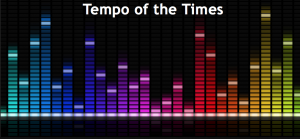 Tempo of the Times
Tempo of the Times
The aim of this project is to discover connections between music and society. Artists set out to create music that entertains, but also seek to create art that represents the times in which they live. This project examines the way in which societal changes shift musical composition. – Vincent DeMarco and Benjamin Draves
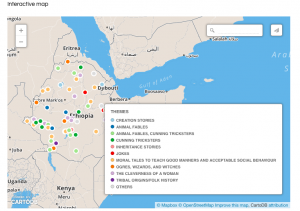 Got Folktales?
Got Folktales?
This project aims to capture Ethiopian folktales and to map reoccurring themes as well as highlight the moral behind each folktale. In order to accurately represent the diverse ethnicities found within the country we have selected five stories from each of the 13 regions within the country- Feevan Megersa
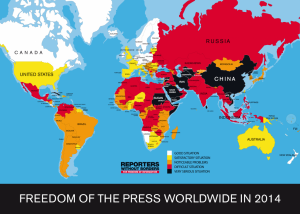 Solution Based Press Freedom Project
Solution Based Press Freedom Project
Current press freedom indices conflate myriad problems and measures into single values. When searching for solutions to press freedom violations, believing that all countries suffer from similar afflictions is counterproductive. The crux of this project has focused on establishing a method of measuring how we can use digital humanities to see how newspapers react to external events in answering the question “How does press freedom affect the ‘quality’ of journalism?” – Ian Morse
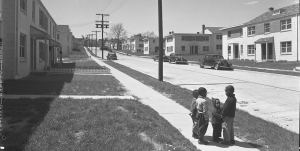 Gentrification and Barry Farms
Gentrification and Barry Farms
This project analyzes the economic and social situations of many people experiencing gentrification specifically in Washington D.C. Gentrification will not only have a detrimental impact on the citizens of Barry Farms, but will also be deleterious to the entire city of Washington DC. – Ahmed Braxton
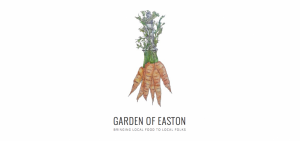 Garden of Easton
Garden of Easton
The Garden of Easton seeks to aggregate the relevant information to connect local residents to food, whether that be a community garden, a CSA pickup location, a homeless shelter, or a meal center. We do so by providing an all-encompassing Android App, a web-based map, and a plain text list of the food providers and producers in our community so that residents have an easily accessible site to find resources they need. – Miranda Wilcha and Peter Todaro
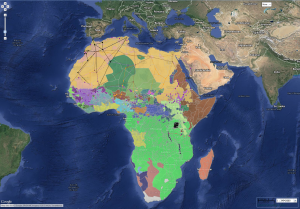 In this workshop participants will be given an introduction to basic geographic and information science concepts followed by a demonstration of ArcGIS, a popular desktop GIS application available to the Lafayette community at Skillman Library.
In this workshop participants will be given an introduction to basic geographic and information science concepts followed by a demonstration of ArcGIS, a popular desktop GIS application available to the Lafayette community at Skillman Library.





